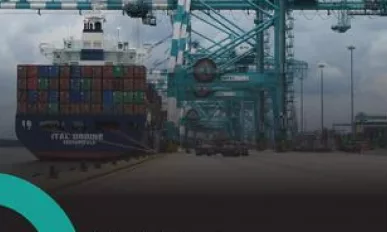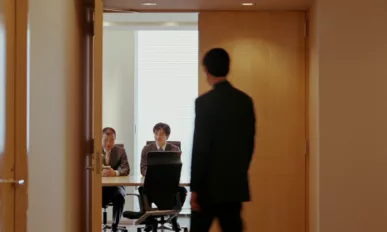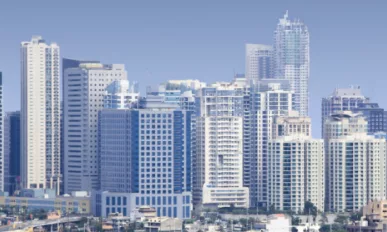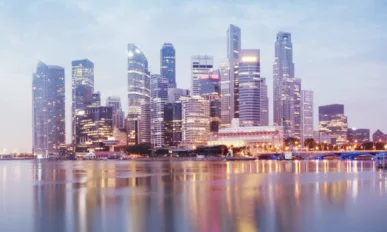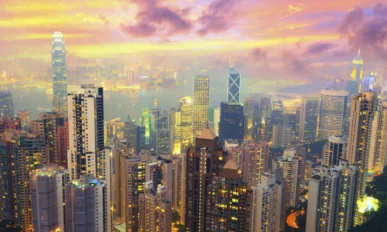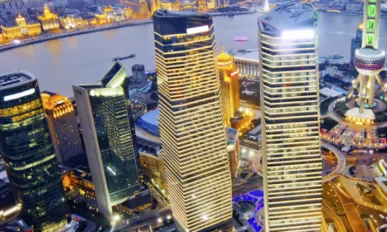Issue 12
Rolls-Royce Asia Pacific : Better Power for a Changing World
The influence of Rolls-Royce in the Asia Pacific region continues to grow year-on-year as its Singapore Seletar Campus lays the foundations for a productive future.
Port of Tanjung Pelepas : The Preferred Port of Choice
CEO of the Port of Tanjung Pelepas, Glen Hilton expects the global container market to grow in 2015, primarily as a result of global shipping access. The company is focusing on increasing port capacity as a result.
EDMI : Challenging Technology Through Smart Energy Solutions
The concept of the smart metering solution by EDMI is a universal one, sparking interest in countries around the world.
Japan Considers Five Day Compulsory Paid Holidays
Japan is considering making it compulsory for workers to take at least five days’ paid holiday a year, in a bid to lessen the toll on mental and physical health in a country famed for its long hours.
Netflix Heads for Japan’s Living Rooms This Year
In a bid to make it big on the world stage, Netflix is looking to accelerate expansion from the current 50 markets the streaming service is available in, up to 200 in the next two years. This is in order to remain competitive in the growing market for internet television.
Philippines Presents Opportunity for Singapore Companies
With the Philippines going through an economic resurgence driven by domestic demand and economic reforms, there will be opportunities for Singapore companies as demand for consumer goods and infrastructure development in the Philippines rises, said Minister for Trade and Industry Lim Hng Kiang.
Arcadis : Singapore the Greenest City in Asia Pacific
Singapore ranks tenth on the inaugural Sustainable Cities Index from Arcadis, the leading global natural and built asset design and consultancy firm.
Hong Kong : Asia-Pacific’s Most Sustainable Business Environment
Hong Kong ranks eighth on the inaugural Sustainable Cities Index from Arcadis, the leading global natural and built asset design and consultancy firm.
Shanghai is Most Sustainable City in Mainland China
Shanghai ranks eighth in Asia Pacific on the inaugural Sustainable Cities Index from Arcadis, the leading global natural and built asset design and consultancy firm.
China’s Chocolate Market to Grow to US$4.3 Billion by 2019
Chocolate sales in China should grow to $4.3 billion by 2019, up nearly 60 percent from $2.7 billion in 2014. This huge growth is being driven by demand from the growing urban population, a senior Hershey officer has said.




